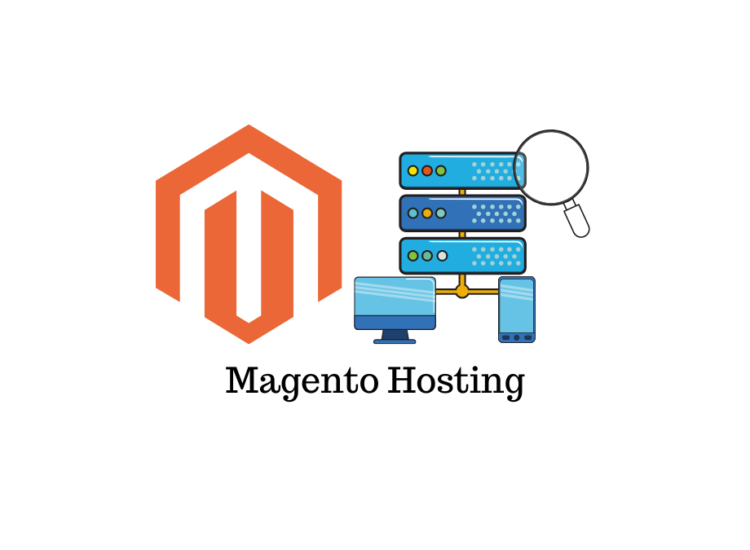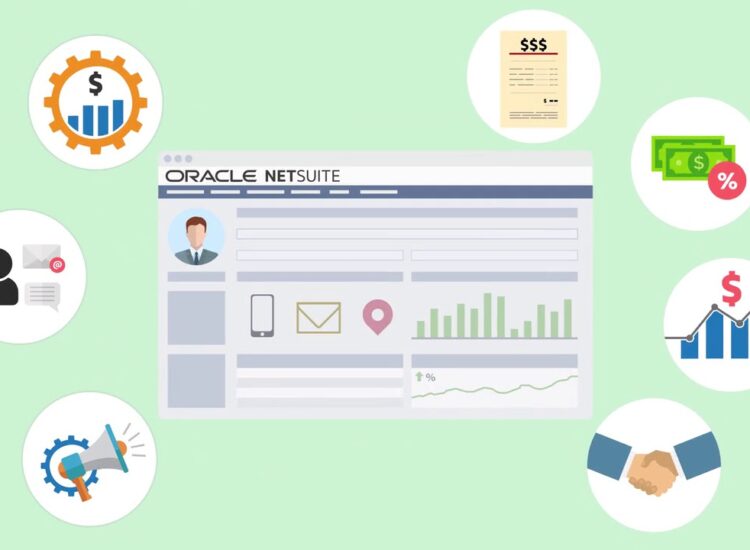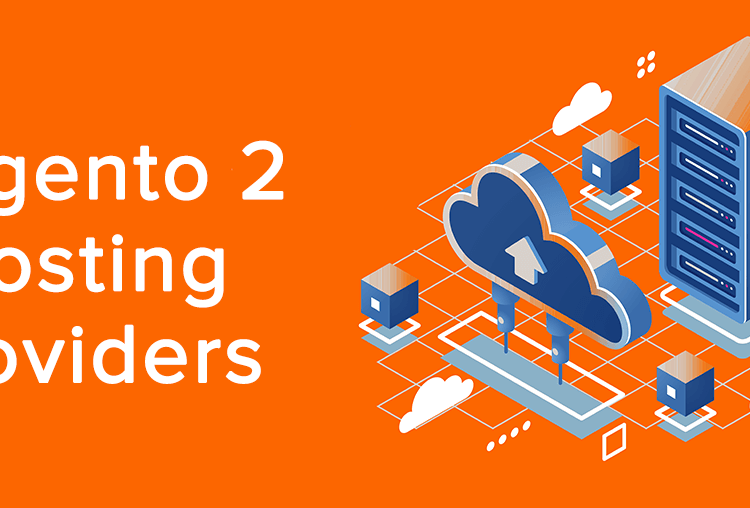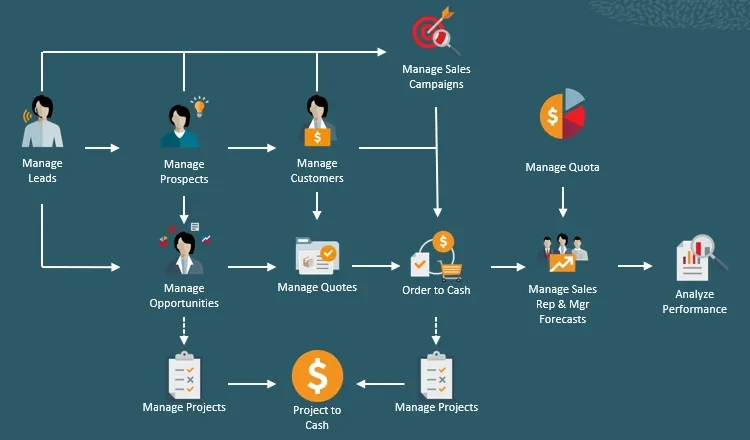Small businesses often grapple with the challenge of balancing website performance, security, and cost. An AWS virtual private server (VPS) offers a practical solution by providing dedicated resources tailored for business needs. However, managing these resources and understanding the complex pricing model can be daunting. This guide clarifies the advantages and challenges of using an AWS VPS, focusing on practical aspects that are relevant to small businesses.
Toc
- 1. Understanding AWS Virtual Private Servers and Their Advantages
- 2. AWS Lightsail: Your Easy Entry Point to AWS VPS
- 3. AWS Virtual Private Server Pricing: Understanding the Cost Structure
- 4. Securing Your AWS Virtual Private Server with AWS VPC
- 5. AWS VPS vs Traditional VPS: A Detailed Comparison
- 6. Emerging Trends in AWS VPS for Small Businesses
- 7. Best Practices for Managing Your AWS Virtual Private Server
- 8. Conclusion
- 9. Related articles 02:
- 10. Related articles 01:
Understanding AWS Virtual Private Servers and Their Advantages

An AWS virtual private server (VPS) employs virtualization technology to deliver dedicated server resources to businesses. This allows small enterprises to host their applications and websites in a more secure and performant environment compared to traditional shared hosting. In shared hosting scenarios, multiple websites compete for the same resources, often resulting in slower load times and potential security vulnerabilities. In contrast, an AWS VPS guarantees dedicated resources, leading to improved performance and security.
Virtualization Explained
Virtualization is the process of creating virtual instances of physical hardware, allowing multiple virtual servers to operate on a single physical server. Each virtual server, or VPS, operates independently, enabling businesses to customize their environments based on specific needs. This setup is particularly advantageous for small businesses that require control over their hosting environment without incurring the expenses associated with a dedicated server.
AWS VPS vs Traditional VPS Hosting
When comparing AWS VPS with traditional VPS options, the differences become apparent. Traditional VPS providers may impose limitations such as vendor lock-in, complicating the transition to another service. Conversely, AWS provides a flexible and scalable environment that allows businesses to easily migrate their workloads.
Advantages of Using AWS VPS for Small Businesses
- Enhanced Security: An AWS virtual private server enables small businesses to implement robust security measures, including firewalls and Virtual Private Networks (VPNs). The isolation provided by a VPS ensures that security issues affecting one site do not compromise others.
- Improved Performance: With dedicated resources, an AWS VPS can efficiently handle traffic spikes without degrading performance. This capability is crucial for small businesses experiencing variable traffic patterns.
- Scalability: AWS offers seamless scalability, allowing businesses to adjust their resources based on current demands. This flexibility helps manage costs effectively as businesses grow. However, while AWS provides impressive scalability, achieving optimal scaling requires expertise. Improperly configured auto-scaling groups can lead to inefficient resource allocation and increased costs. For example, setting aggressive scaling policies without considering actual demand can result in paying for idle instances. Conversely, insufficient scaling can lead to performance bottlenecks and customer dissatisfaction. Consider using AWS’s cost optimization tools and best practices for efficient scaling.
- Cost-Effectiveness: Compared to dedicated servers, AWS virtual private servers provide a more affordable option without sacrificing quality. AWS offers various pricing plans catering to the needs of startups and small enterprises. However, the pay-as-you-go model, while flexible, requires careful monitoring. Unexpected spikes in usage, particularly during peak periods or unforeseen events, can lead to significantly higher bills than anticipated. For example, a small e-commerce site experiencing a sudden surge in holiday sales might see their AWS bill increase tenfold if they haven’t proactively scaled their resources or implemented cost-optimization strategies like reserved instances or spot instances.
- Managed Services: For those lacking technical expertise, AWS provides managed services that simplify server management, allowing small business owners to focus on core operations rather than server maintenance.
Real-World Example
Consider a small e-commerce business that anticipates increased traffic during the holiday season. By utilizing an AWS virtual private server, they can scale their resources to accommodate the surge, ensuring website reliability and customer satisfaction. This scenario highlights how an AWS VPS can directly contribute to business success by preventing downtime during critical sales periods.
AWS Lightsail: Your Easy Entry Point to AWS VPS
While AWS offers a comprehensive range of VPS solutions, AWS Lightsail provides a simplified entry point for small businesses seeking ease of use and affordability. Designed for simplicity, Lightsail offers a managed VPS service that enables users to deploy applications and websites with minimal effort.
Key Features of AWS Lightsail
- Pre-Configured Instances: Lightsail provides pre-configured instances for popular applications, such as WordPress, allowing users to set up their sites quickly without extensive technical knowledge.
- User-Friendly Interface: The Lightsail dashboard is designed for ease of use, making it accessible for small business owners who may not have a dedicated IT team.
- Affordable Pricing Plans: AWS Lightsail pricing is transparent and competitive, allowing businesses to select plans based on their specific needs. This clarity aids in budgeting and resource allocation.
- Easy Scalability: With a few clicks, businesses can scale their resources to handle growth or traffic spikes, ensuring optimal performance at all times.
- Integrated Management Tools: Lightsail also offers integrated management tools that allow users to monitor performance and manage resources from a single interface. This feature is especially beneficial for small businesses that require streamlined operations.
However, Lightsail’s managed nature might limit customization options compared to using EC2 directly. Businesses with highly specific technical requirements or those needing granular control over their infrastructure might find Lightsail’s pre-configured instances restrictive. In such cases, opting for a more hands-on approach with EC2 might be more suitable, despite the increased management overhead.
AWS Virtual Private Server Tutorial: Setting Up Your First Website with Lightsail
Setting up a website using AWS Lightsail is straightforward. Follow this simple tutorial to get started:
- Create an AWS Account: If you don’t already have an AWS account, sign up for one. This is your first step toward leveraging the power of AWS.
- Access Lightsail: Navigate to the Lightsail section within the AWS Management Console. Here, you will find all the tools needed to manage your VPS.
- Create an Instance: Click on “Create Instance” and select your desired configuration, including the operating system and application. AWS provides several templates for popular applications.
- Select Your Plan: Choose a pricing plan that fits your needs. Lightsail offers various options based on resource allocation, ensuring you can find a plan that meets your business requirements.
- Launch the Instance: After configuring your instance, click the “Create Instance” button. Your instance will be up and running in minutes, allowing you to start your online presence quickly.
- Access Your Website: Once your instance is operational, access your website via the public IP address assigned to it. Now you’re ready to launch your online presence in the cloud.
- Manage Your Instance: Use the Lightsail dashboard to manage your instance, including monitoring performance, adjusting resources, and implementing security measures.
AWS Virtual Private Server Pricing: Understanding the Cost Structure
When considering an AWS virtual private server, understanding the pricing model is crucial for effective budgeting. AWS employs a pay-as-you-go pricing strategy, which means businesses only pay for the resources they consume.
Pricing Factors
Several factors influence the cost of an AWS VPS:
- Instance Type: The type of instance chosen affects pricing. More powerful instances with higher CPU and RAM allocations will incur higher costs.
- Region: AWS has data centers worldwide, and pricing can vary depending on the selected location. Choosing a region closer to your customer base can also improve performance.
- Storage and Data Transfer: Costs are also determined by the amount of storage and data transfer used. Understanding these factors can help businesses optimize their expenses and avoid unexpected charges.
- Additional Services: Utilizing additional AWS services, such as Amazon S3 for storage or Amazon RDS for databases, can incur extra costs. It’s essential to factor these into your overall budget.
AWS Lightsail Pricing Examples
For small businesses, Lightsail offers several pricing plans tailored to different traffic levels:
- Low Traffic Websites: Plans start at approximately $3.50 per month, suitable for personal blogs or small business sites. This plan typically includes enough resources for basic website functionality.
- Medium Traffic Websites: For more substantial needs, plans range from $10 to $20 per month, accommodating growing businesses that require more bandwidth and storage.
- High Traffic Websites: For businesses experiencing high traffic, prices can exceed $40 per month, providing robust resources for performance. This option is ideal for e-commerce sites or applications with large user bases.
Securing Your AWS Virtual Private Server with AWS VPC
Security is paramount for any online business, and AWS provides robust solutions to enhance the security of your AWS virtual private server. The Amazon Virtual Private Cloud (VPC) is a critical component that allows businesses to create isolated networks within the AWS cloud.
Key Features of AWS VPC
- Subnets: VPC allows you to segment your network into subnets, improving security and control over your resources. This segmentation helps isolate sensitive data and applications.
- Security Groups: These act as virtual firewalls, controlling inbound and outbound traffic to your instances, providing an additional layer of security. You can configure rules based on specific needs.
- Network Access Control Lists (ACLs): These enhance security by allowing or denying traffic at the subnet level, granting businesses granular control over their network.
- Elastic IP Addresses: AWS VPC allows you to assign Elastic IP addresses to your instances, providing a static IP that can be reassigned if needed. This feature is useful for maintaining consistent access to your applications.
Additional Security Features
AWS also offers additional security features that can be integrated with your VPS, such as AWS Shield for DDoS protection and Web Application Firewall (WAF) for application layer security. Utilizing these features can significantly bolster your online security posture.
Best Practices for Securing Your AWS VPS
- Regularly Update Security Groups: Ensure that your security group rules are up-to-date and reflect your current security needs. Regularly review these settings to prevent unauthorized access.
- Use Multi-Factor Authentication (MFA): Enable MFA for your AWS account to add an extra layer of security. This step helps protect against unauthorized access even if credentials are compromised.
- Monitor Network Traffic: Utilize AWS CloudTrail and Amazon CloudWatch to monitor network traffic and detect any suspicious activity.
AWS VPS vs Traditional VPS: A Detailed Comparison
To fully appreciate the benefits of an AWS virtual private server, it’s essential to compare it with traditional VPS hosting options. The following table highlights key differences:
| Feature | AWS VPS (Lightsail) | Traditional VPS Providers |
|---|---|---|
| Pricing | Competitive, flexible | Often higher, less flexible |
| Scalability | Seamless scaling | Limited options |
| Security | Built-in security features | Varies by provider |
| Support | Extensive AWS support | Varies significantly |
| Vendor Lock-in | Low (easy migration) | High |
Analysis of the Comparison
The table illustrates that AWS VPS, particularly through Lightsail, offers a more favorable option for small businesses compared to traditional VPS hosting. The advantages in scalability and security can significantly enhance operational efficiency and cost management.
For instance, a small business using a traditional VPS may find itself limited by fixed resource allocations, making it challenging to adapt to sudden traffic increases. In contrast, an AWS VPS allows for real-time scaling, which can be a game-changer for businesses during peak periods.
Emerging Trends in AWS VPS for Small Businesses
As the technology landscape evolves, several emerging trends are impacting how small businesses utilize AWS VPS:
- Serverless Computing: Gaining significant traction, serverless computing offers a more cost-effective alternative for small businesses with intermittent workloads. This model allows businesses to focus on writing code rather than managing infrastructure, significantly reducing operational costs.
- Containerization Technologies: The rise of containerization technologies like Docker and Kubernetes simplifies deployment and management, integrating seamlessly with AWS services like Elastic Container Service (ECS) and Elastic Kubernetes Service (EKS). This trend enables businesses to deploy applications more efficiently and scale them according to demand.
- Adoption of Machine Learning (ML) and Artificial Intelligence (AI): The increasing adoption of ML and AI services allows small businesses to leverage advanced analytics and automation, improving efficiency and decision-making. For example, Amazon SageMaker can be easily integrated with AWS Lightsail for predictive analytics, helping businesses make informed decisions based on data insights.
Best Practices for Managing Your AWS Virtual Private Server
Once your AWS virtual private server is set up, effective management is crucial for maximizing its benefits. Here are some best practices to consider:
- Regular Backups: Implement a backup strategy to ensure your data is secure. AWS offers automated backup solutions, simplifying the recovery process. Regular backups can save your business from data loss due to unforeseen circumstances.
- Monitor Resource Usage: Regularly monitor resource usage to identify potential bottlenecks or underutilized resources. This can help optimize costs and performance. Tools like Amazon CloudWatch can provide valuable insights into your resource consumption.
- Optimize Instance Size: Choose the appropriate instance size based on your website traffic and anticipated growth. Regularly assess your needs and adjust as necessary to avoid overpaying for unused resources.
- Implement Security Best Practices: Regularly update your security measures, including patching software and enforcing access controls. Establishing a routine for security audits can help identify vulnerabilities before they become significant issues.
- Utilize Monitoring Tools: Leverage AWS tools such as CloudTrail and CloudWatch to keep an eye on your AWS resources. These tools can help you track usage patterns, detect anomalies, and ensure that your resources are performing optimally.
- Educate Your Team: Ensure that your team is knowledgeable about best practices for using AWS services. Providing training on AWS tools and features can enhance your team’s ability to manage your AWS environment effectively.
Conclusion
An AWS virtual private server offers small businesses a powerful, secure, and cost-effective way to host their online applications and websites. By understanding the various pricing models, features, and best practices for management, businesses can leverage the benefits of AWS to achieve substantial growth. As technology continues to evolve, embracing emerging trends such as serverless computing, containerization, and AI can further enhance the capabilities of small businesses in the digital landscape. Embrace the capabilities of AWS Lightsail and discover how it can enhance your online presence while providing the flexibility and security needed for success in today’s digital economy.
For more information, visit the AWS Lightsail website. Taking the first step into the cloud can be daunting, but with the right tools and knowledge, your small business can thrive in today’s digital economy.
1. https://hami.vn/mmoga-cpanel-vps-hosting-the-ultimate-guide-for-smbs/
2. https://hami.vn/mmoga-cheap-reseller-hosting-a-guide-for-freelance-web-designers/
3. https://hami.vn/mmoga-mastering-iaas-in-cloud-computing-a-guide-for-it-managers/
4. https://hami.vn/mmoga-godaddy-virtual-private-server-the-ultimate-guide-for-e-commerce-businesses/
5. https://hami.vn/mmoga-iaas-paas-and-saas-a-deep-dive-for-it-managers/
1. https://hami.vn/mmoga-mastering-iaas-in-cloud-computing-a-guide-for-it-managers/
2. https://hami.vn/mmoga-godaddy-virtual-private-server-the-ultimate-guide-for-e-commerce-businesses/
3. https://hami.vn/mmoga-cheap-reseller-hosting-a-guide-for-freelance-web-designers/
4. https://hami.vn/mmoga-iaas-paas-and-saas-a-deep-dive-for-it-managers/
5. https://hami.vn/mmoga-cpanel-vps-hosting-the-ultimate-guide-for-smbs/









